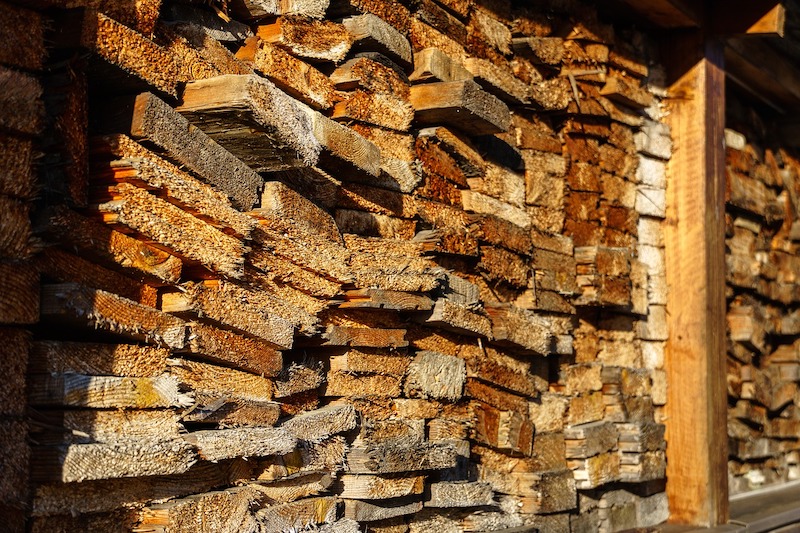Mass timber is an ideal material for structures designed for deconstruction and offers continued carbon storage after the expiration of the building’s lifespan, as well as removing material from the waste stream.
Advocates for this strategy point out that the wood not only sequesters carbon while the building is in use, but also continues to do so after it is disassembled and the wood is reused. A broader concept, Design for Disassembly and Adaptability, aims to extend the life cycle of buildings and their components, allowing the building to be updated, maintained, and modified more easily. And at the end of its useful life, disassembly allows for more efficient collection and reuse of materials and components.
Designing for disassembly requires professionals to rethink the way buildings are put together so that the materials can be disassembled and reused. This can be a complex undertaking that bucks existing common practices.
Demolitions are usually carried out quickly, making it difficult to reuse a large part of the materials. To counteract that impulse, the project should seek methods, solutions, and products that lend themselves to easier disassembly. In addition, specifying good quality materials that do not contain harmful and polluting chemicals make the parts more attractive for reuse.
Related Stories
| Sep 30, 2011
OSHA Releases New Nail Gun Safety Document
The Occupational Safety and Health Administration and the National Institute for Occupational Safety and Health have developed a new guidance document, Nail Gun Safety—A Guide for Construction Contractors.
| Sep 30, 2011
Cement Industry Advocates For Environmental Regulatory Relief
EPA regulations impacting the cement industry could force the closure of 18 of the nearly 100 US cement plants and cost 4,000 manufacturing jobs .
| Sep 30, 2011
IRS Releases New Rule On Reclassifying Independent Contractors
The Internal Revenue Service (IRS) has a new Voluntary Classification Settlement Program that allows an employer to reclassify independent contractors as employees if those workers previously were misclassified.
| Sep 29, 2011
Illinois Grapples With Definition of ‘Clean’ Construction Debris
The Illinois Pollution Control Board holds hearings this week about construction debris rules proposed by the state Environmental Protection Agency.
| Sep 15, 2011
Alabama Prepares First Statewide Residential Building Code
Following a series of devastating tornadoes that ripped through Alabama on April 27th, the state is preparing to implement the first statewide building code for residential structures.
| Sep 15, 2011
New Label Established For Energy Efficient Doors in UK
The British Fenestration Ratings Council (BFRC) has established a labelling program for all types of domestic pedestrian doors.
| Sep 15, 2011
EPA Releases New High-Rise Residential Energy Star Rating
The U.S. Environmental Protection Agency recently announced an Energy Star rating for multi-family high-rise buildings.
| Sep 15, 2011
Bill Seeks To Spur Stronger Building Codes Nationwide
The Safe Building Code Incentive Act of 2011 would provide strong financial incentives for states to adopt and enforce strong building codes.
| Sep 15, 2011
New Federal Law Limits Amount of Formaldehyde in Wood
President Obama signed into law legislation that limits the amount of formaldehyde in wood. The new measure will impact particle board and other composite wood products .
| Sep 12, 2011
Living Buildings: Are AEC Firms up to the Challenge?
Modular Architecture > You’ve done a LEED Gold or two, maybe even a LEED Platinum. But are you and your firm ready to take on the Living Building Challenge? Think twice before you say yes.








